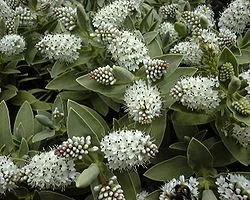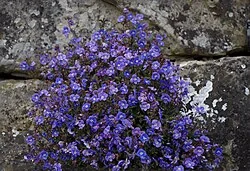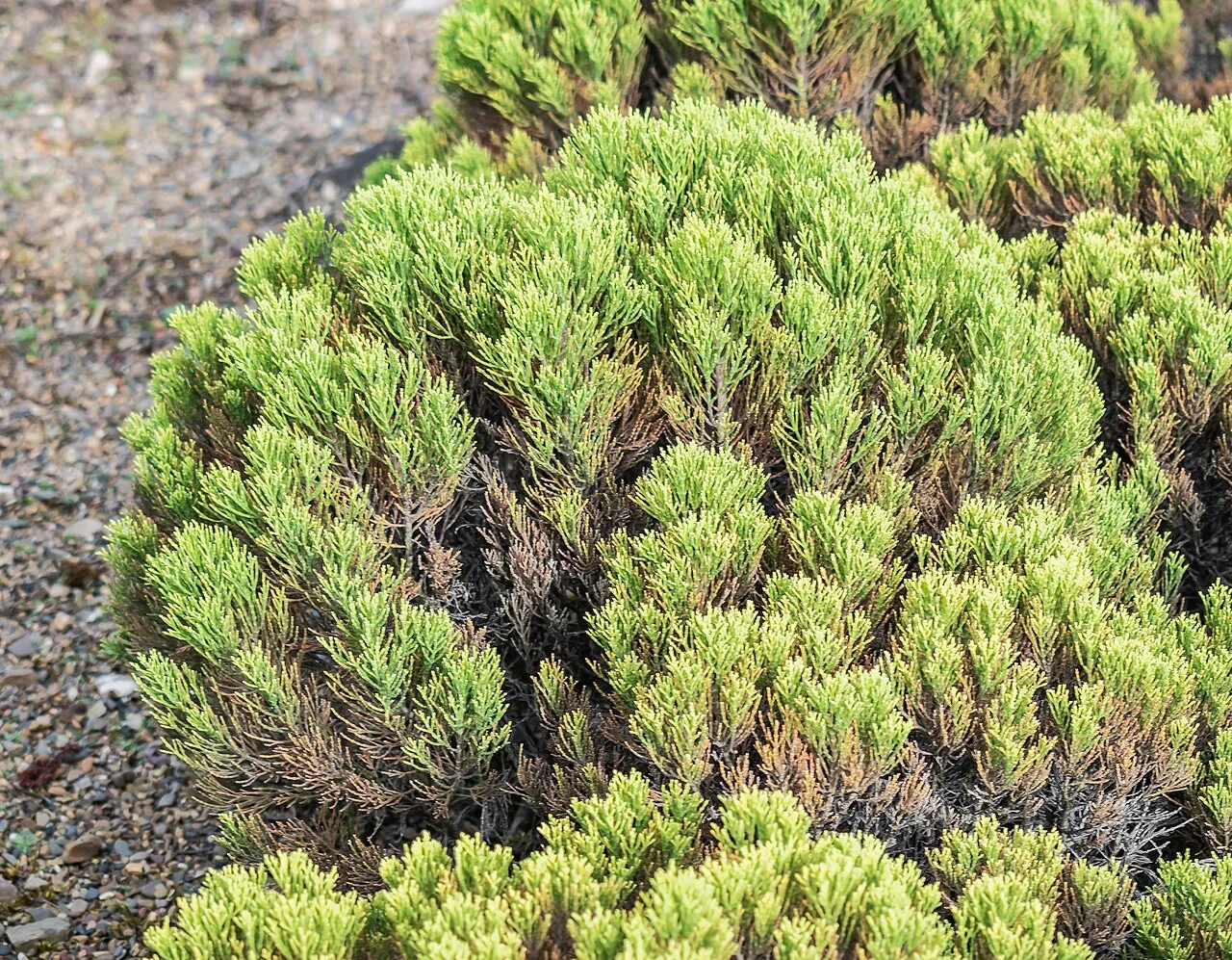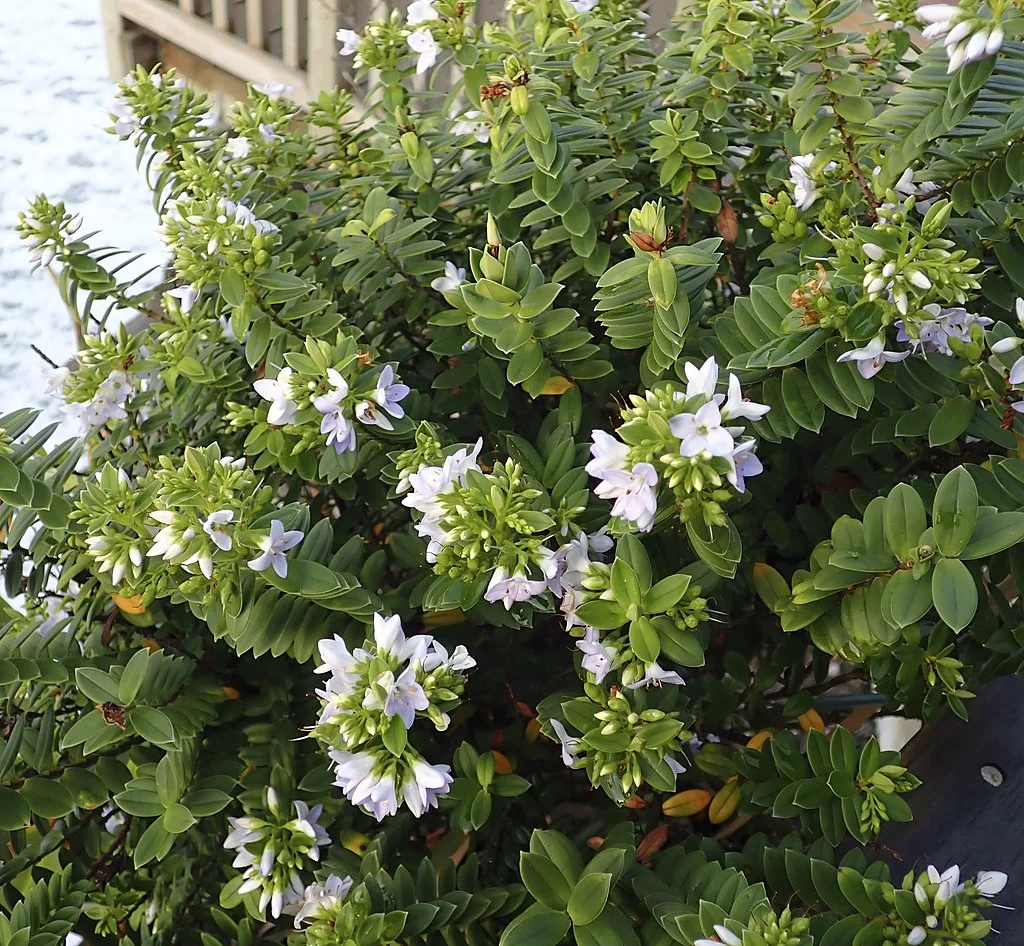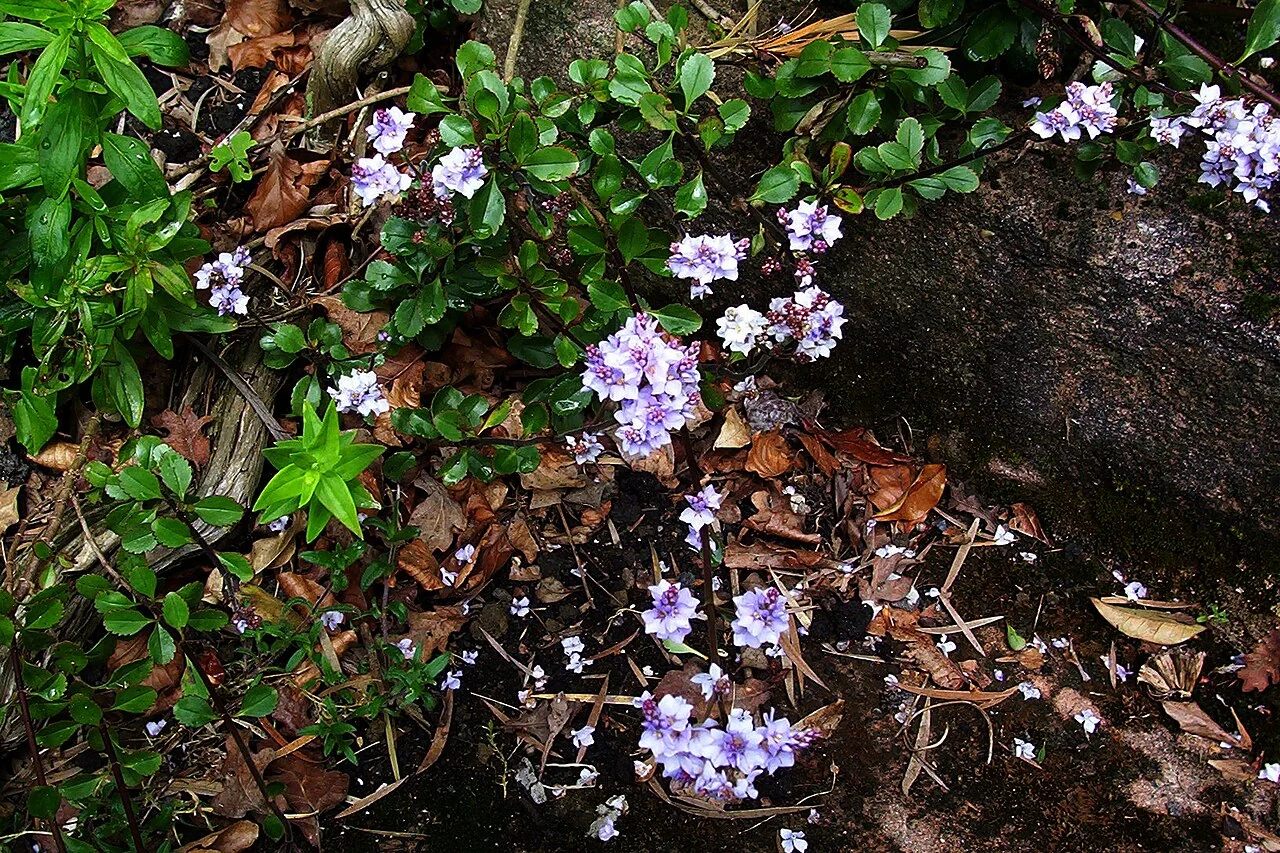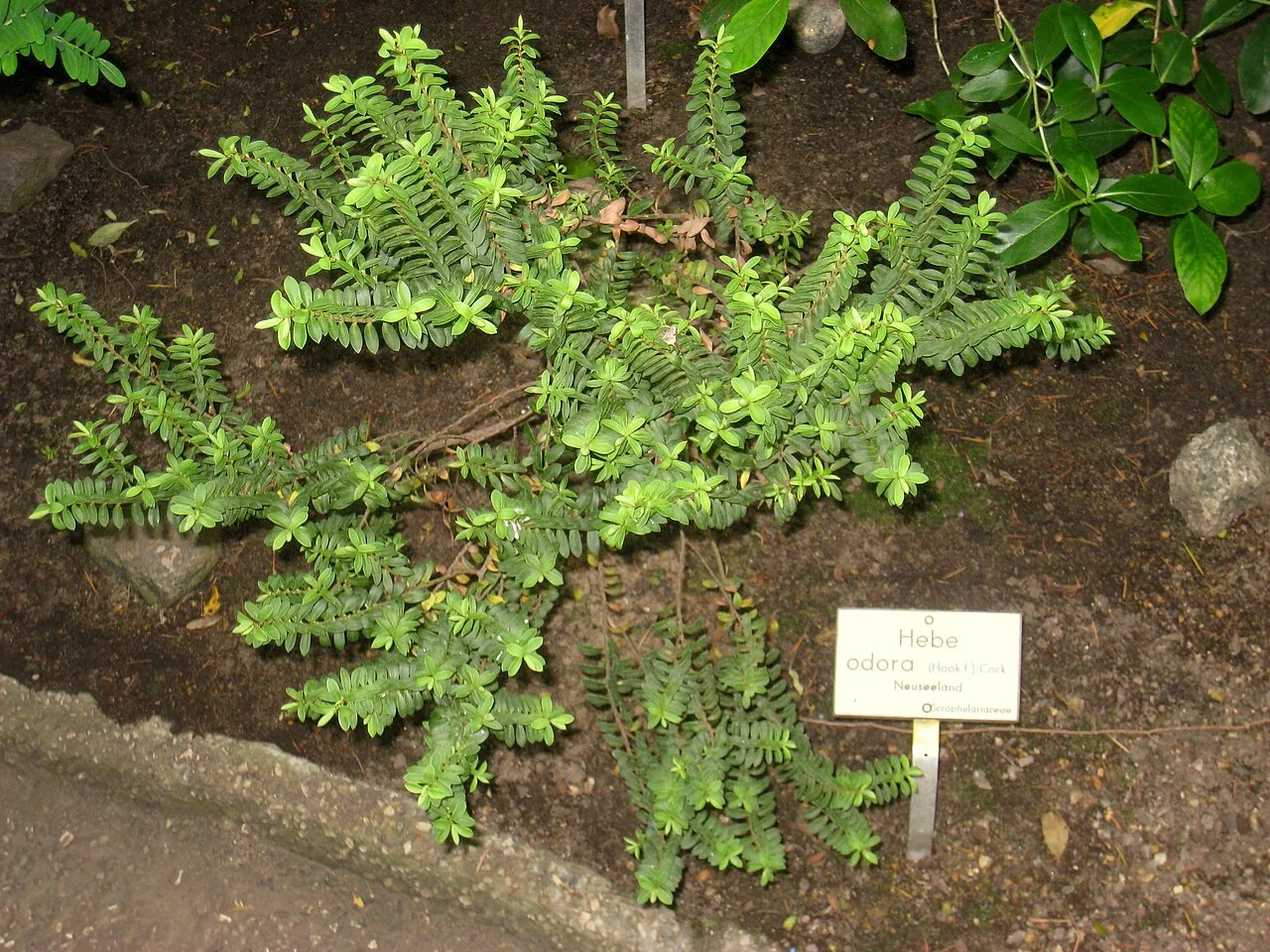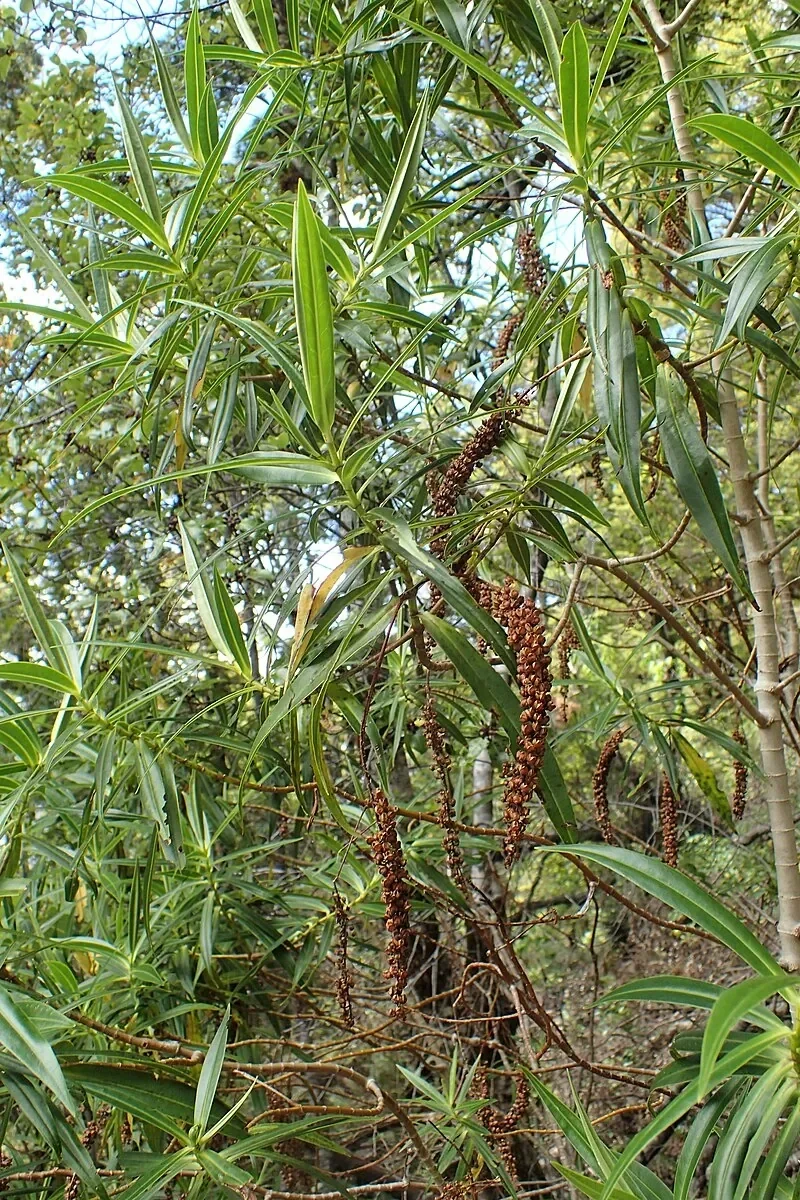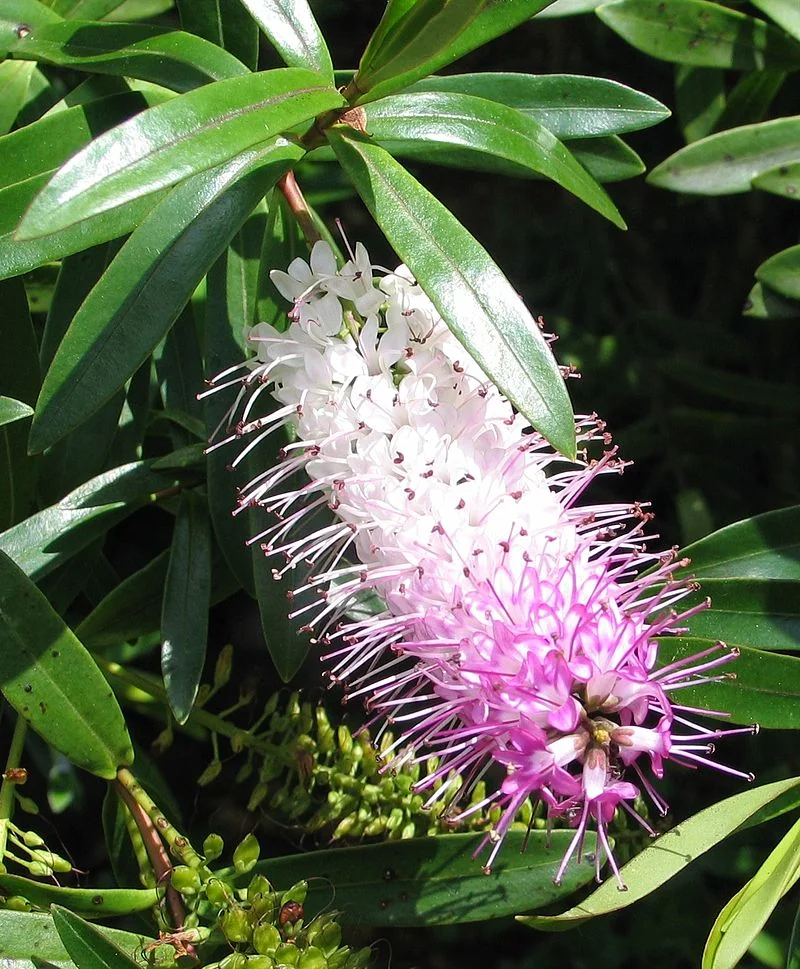
Disc Hebe
Veronica pinguifolia
Introduction
Disc Hebe (scientific name: Veronica pinguifolia ) is a compact, hardy native shrub prized for its distinctive blue-grey foliage and small white flowers that create a stunning contrast against the silvery leaves. This tough alpine gem forms dense, low-growing mounds and is exceptionally tolerant of harsh conditions, making it perfect for rock gardens and challenging sites. Endemic to New Zealand's mountains, it's valued for its year-round architectural appeal and drought tolerance. Explore more in the native plants index .

Plant Description
Botanical Features
Disc Hebe ( Veronica pinguifolia ), also known as disk-leaved hebe or thick-leaved speedwell, is a species of flowering plant native to the South Island of New Zealand. It is a low-growing, bushy evergreen shrub that typically reaches 0.4 to 0.8 meters in height, with a spreading or compact growth habit. The leaves are thick, blue-green (often glaucous or glaucescent), and can be broadly lanceolate, ovate, or obovate in shape. They are typically 7-16 mm long and 4-9 mm wide, often concave or scoop-shaped, and may have red-edged margins. They are arranged in closely superposed pairs in four rows. The branches can be decumbent, spreading, or erect, with older stems being dark brown or grey, and younger branchlets green or red-brown, often tinged maroon at the nodes. It produces profuse white flowers, 1/4 to 1/3 inch in diameter, crowded on spikes up to 2 cm long towards the tips of the twigs. These flowers typically appear in spring to autumn, or around midsummer in some regions. Veronica pinguifolia is found in open alpine areas, on rocks, and debris slopes, sometimes in grassland.
Quick Facts
Essential Information
| Scientific Name | Veronica Pinguifolia |
|---|---|
| Height | 20 - 40 cm |
| Spread | 50 - 100 cm |
| Water Needs | Low; very drought-tolerant |
| Light | Full sun |
| Frost Tolerance | Very high |
| Salt Tolerance | Moderate |
| Growth Rate | Slow to moderate |
| Lifespan | Long-lived shrub |
Climate Best Suited to
This alpine native is extremely hardy and thrives in cooler climates with low humidity. It is an excellent choice for gardens in the South Island and lower North Island, particularly in mountain and inland areas. It struggles in warm, humid climates.
Regional Suitability
| Whangārei | Ideal |
| Auckland | Ideal |
| Hamilton | Suitable |
| Rotorua | Suitable |
| Tauranga | Ideal |
| Gisborne | Ideal |
| New Plymouth | Ideal |
| Whanganui | Ideal |
| Palmerston North | Suitable |
| Napier | Ideal |
| Wellington | Ideal |
| Nelson | Ideal |
| Christchurch | Suitable |
| Dunedin | Suitable |
| Invercargill | Suitable |
| City | Climate Suitability |
|---|
Natural Habitat
Disc Hebe ( Veronica pinguifolia ), also known as disk-leaved hebe or thick-leaved speedwell, is a species of flowering plant native to the South Island of New Zealand. Its natural habitat includes open alpine areas, where it thrives on rocks, debris slopes, and occasionally in grasslands.
Key Habitats Include:
- Open Alpine Areas: It is commonly found in open alpine areas, indicating its adaptation to high-altitude, exposed conditions.
- Rocky and Debris Slopes: It thrives on rocks and debris slopes, showcasing its resilience in challenging environments.
- Grasslands: Occasionally, it can be found in grasslands, demonstrating some adaptability to different open habitats.
Preferred Conditions:
- Full Sun: It performs best in full sun, especially in cooler climates, to maintain its dense, compact growth habit and encourage flowering.
- Well-Drained Soil: It demands exceptionally well-draining, gritty soil, mimicking the rocky or sandy loams of its native environment. Good drainage is paramount to prevent winter wet and waterlogging.
- Cold Tolerance: It is extremely hardy and well-adapted to harsh alpine conditions, including frost and snow. It struggles in warm, humid climates.
The unique compact growth and adaptation to harsh alpine conditions of Veronica pinguifolia underscore its ecological importance in contributing to the biodiversity and structural complexity of New Zealand's mountainous regions.
Plant Conservation
Veronica pinguifolia , also known as disk-leaved hebe or thick-leaved speedwell, is a low-growing, compact shrub native to the South Island of New Zealand. As of 2023, the conservation status of Veronica pinguifolia is classified as "Not Threatened" by the NZPCN. However, the broader Veronica genus in New Zealand faces several conservation challenges, including habitat fragmentation, browsing by introduced mammals leading to poor recruitment, genetic pollution from cultivated garden varieties, and competition from invasive weeds. Climate change also presents additional risks to specialized alpine and coastal species within the genus.
Growing Requirements
Soil Requirements
Veronica Hebe ( Veronica pinguifolia ) thrives in excellent drainage essential, rocky or sandy soil. Understanding its natural habitat in rocky areas and scree slopes helps guide successful cultivation.
- Natural habitat: rocky areas and scree slopes
- Soil preference: excellent drainage essential, rocky or sandy soil
- Good drainage important for healthy root development
- Benefits from organic matter incorporation where appropriate
- Avoid conditions that differ significantly from natural habitat
Light Requirements
Veronica Hebe ( Veronica pinguifolia ) performs best in full sun. This reflects its natural growing conditions and ensures optimal growth and health.
- Preferred light conditions: full sun
- Plant in position that mimics natural habitat
- Consider seasonal light changes in garden placement
- Protect from extreme conditions if necessary
Water Requirements
Veronica Hebe ( Veronica pinguifolia ) has low, drought-tolerant. Understanding these needs ensures successful establishment and long-term health.
- Water requirements: low, drought-tolerant
- Regular watering important during establishment
- Adjust watering to match natural habitat conditions
- Monitor for signs of water stress
- Mulching can help maintain appropriate soil moisture
Planting Guide
Veronica pinguifolia , also known as thick-leaved speedwell or shrubby veronica, is a compact, evergreen shrub prized for its dense, low-growing foliage and small, attractive white flowers that appear from late spring to early summer. It is a hardy and low-maintenance plant, making it suitable for various garden applications.
1. Planting Time
The best time to plant Veronica pinguifolia is from early to late spring or early summer, or in autumn. This allows the plant to establish itself during optimal growth conditions.
2. Location and Sunlight
Veronica pinguifolia thrives in full sun but can also tolerate partial shade. It requires at least 14 hours of light per day for optimal blooming. Choose a well-drained location for successful establishment. It is tolerant of exposure, coastal locations, and urban pollution, making it a versatile choice.
3. Soil
This plant prefers moist but well-drained soil. It can grow in fertile, thick, sandy soil with a pH between 5.8 and 7.5 (slightly acidic to slightly alkaline). Good permeability is crucial, and excessive soil moisture, especially in winter, should be avoided. A good soil mix can include clay, wood fibers (like bark and coconut bran), and sand in a 3:2:2:2 ratio.
4. Watering
Veronica pinguifolia is drought-tolerant as it originates from arid regions. It prefers a balanced water supply, neither too dry nor overly moist. Watering once every 1-2 weeks is generally sufficient. Once established, it needs little supplemental watering, though it appreciates water during peak bloom if conditions are exceptionally dry.
5. Pruning
Pruning should be done in spring or summer to encourage healthy growth and flowering. Trim back any dead or damaged branches and shape the plant to maintain its compact form. Generally, there's no extensive pruning needed, but removing damaged or crossed branches in spring is beneficial.
6. Propagation
Veronica pinguifolia can be propagated by:
- Seeds: Sow seeds in flowerpots in early spring. Spread seeds on moist soil, cover with a fine layer of soil, and then cover the pot with cling film or a glass plate. Germination typically occurs in about 20 days at 20°C.
- Semi-hardwood cuttings: This is an effective method. Choose healthy, non-flowering stems, cut just below a node, remove lower leaves, and dip the cut end in rooting hormone. Plant in well-draining soil and keep moist in indirect light until roots develop (typically a few weeks).
- Division: For other Veronica species, division is a common and effective method, especially for reinvigorating mature plants. This is best done in spring or late summer to early fall.
7. Hardiness
Veronica pinguifolia is considered hardy, typically thriving in USDA Hardiness Zones 3-11. Some varieties are very cold hardy, tolerating temperatures down to 0°F (-17°C) and even lower.
8. Pests and Diseases
Veronica pinguifolia may be susceptible to aphids. It can also be affected by downy mildews, fungal leaf spot, fungal rot, Phytophthora , and sometimes honey fungus.
9. Uses
This plant is excellent for various garden uses, including:
- Ornamental garden bush
- Ground cover
- Rock gardens
- Containers
- Low informal hedging
- Attracting pollinators like bees and butterflies.
Ecological Role
Stony Alpine Hebe
This grey-leaved hebe forms low cushions on alpine screes and terraces, offering nectar and pollen to insects and microhabitats for ground invertebrates in harsh, windy conditions.
Uses and Significance
Landscaping Applications
- Ground Cover: Its low, spreading habit makes it an excellent ground cover for sunny, dry areas.
- Rock Gardens: A classic plant for rockeries and scree gardens, where its alpine origins can be showcased.
- Edging: Provides a neat, tidy edge for paths and borders.
- Containers: Looks fantastic in pots and troughs, especially when combined with other alpine plants.
Cultural Significance
Traditional Uses and Values
While specific cultural significance for Veronica pinguifolia is not extensively detailed, it is recognized as a native plant of the South Island of New Zealand. Its ecological role includes attracting pollinating insects with its abundant white flowers. The broader Veronica genus, to which it belongs, has a history of traditional use in medicine and holds cultural significance in Māori traditions, as seen in related species.
Landscaping Ideas
Alpine Edges
Use as a low, steel-grey edging in alpine borders and gravel gardens. Excellent among rocks where drainage is very sharp and winters are cool.
Seasonal Care Calendar
Spring
Spring is an active growth period for Veronica Hebe ( Veronica pinguifolia ). New growth emerges and this is an ideal time for planting new specimens. Monitor soil moisture as temperatures warm and growth accelerates.
- Active growth period with new development
- Ideal time for planting new specimens
- Monitor soil moisture as growth increases
- Apply organic mulch if needed
Summer
Summer is typically the main growing season for Veronica Hebe ( Veronica pinguifolia ). Summer flowering occurs during this period. Ensure adequate watering during hot, dry periods according to the plant's specific needs.
- Peak growing season with active development
- Monitor watering needs during hot weather
- Flowering period: summer
- Established plants show good heat tolerance with appropriate care
Autumn
During autumn, Veronica Hebe ( Veronica pinguifolia ) begins to slow its growth as temperatures cool. This is another good time for planting as conditions become more favorable. Reduce watering frequency but maintain appropriate soil moisture.
- Growth slows as temperatures moderate
- Good time for planting new specimens
- Reduce watering frequency gradually
- Maintain appropriate soil moisture for species
Winter
Winter is typically a dormant period for Veronica Hebe ( Veronica pinguifolia ), with minimal growth activity. Reduce watering but ensure plants don't completely dry out if they require consistent moisture. Most New Zealand natives are cold-hardy.
- Dormant period with minimal growth activity
- Adjust watering to seasonal needs
- Generally cold-hardy in most New Zealand climates
- Minimal winter protection required for most natives
When to Prune and How Much
Overview
Veronica Hebe ( Veronica pinguifolia ) generally requires minimal pruning to maintain its natural form and health. Most maintenance involves removing dead or damaged growth and light shaping if needed.
- Remove dead, damaged, or diseased growth as needed
- Light pruning to maintain shape if desired
- Prune after flowering if applicable
- Avoid heavy pruning which can stress the plant
- Use clean, sharp tools to prevent disease
- Most natives maintain good form without regular pruning
Always use clean, sharp tools when pruning to minimize disease risk. Native plants typically maintain their natural form well and often require less intervention than exotic species.
How to Grow Disc Hebe
Disc Hebe is a charming and hardy evergreen shrub, ideal for rock gardens, borders, and containers. Its compact form and attractive foliage provide year-round interest, while its white flowers add a delicate touch in late spring and early summer. This species is relatively low-maintenance, thriving in well-drained soil and full sun, making it a great choice for gardeners seeking a resilient and beautiful plant.
From Cuttings
Propagating Disc Hebe from semi-hardwood cuttings is a straightforward and effective method. Take cuttings of about 4-6 inches in length from healthy, non-flowering shoots in late summer or early autumn. Remove the leaves from the bottom half of the cutting and dip the cut end in a rooting hormone. Plant the cuttings in a well-draining mix of perlite and peat or a similar sterile medium. Keep the cuttings in a sheltered location with indirect light and ensure the medium remains consistently moist but not waterlogged. Roots typically form within a few weeks, and the young plants can be potted on once established.
From Seed
Growing Disc Hebe from seed is also possible, though it can be a slower process and may result in some variation from the parent plant. Sow fresh seeds in autumn onto a tray of moist, well-draining seed-raising mix. Lightly cover the seeds with a thin layer of fine grit or sand. The seeds benefit from a period of cold stratification, so placing the tray outdoors in a sheltered spot over winter will allow natural temperature fluctuations to aid germination in the spring. Germination can be erratic, so patience is key. Once seedlings are large enough to handle, transplant them into individual pots.
Pests and Diseases
Tough and Healthy
Generally free of pests and diseases. The main threat is root rot from excessive moisture, so excellent drainage is paramount.
Bonus Tip
Expert Growing Advice
Thick-leaved hebe ( Veronica pinguifolia ) forms tight cushions in harsh sites. Avoid rich soil; a gritty alpine mix and full sun keep domes compact and smothered in flowers.
